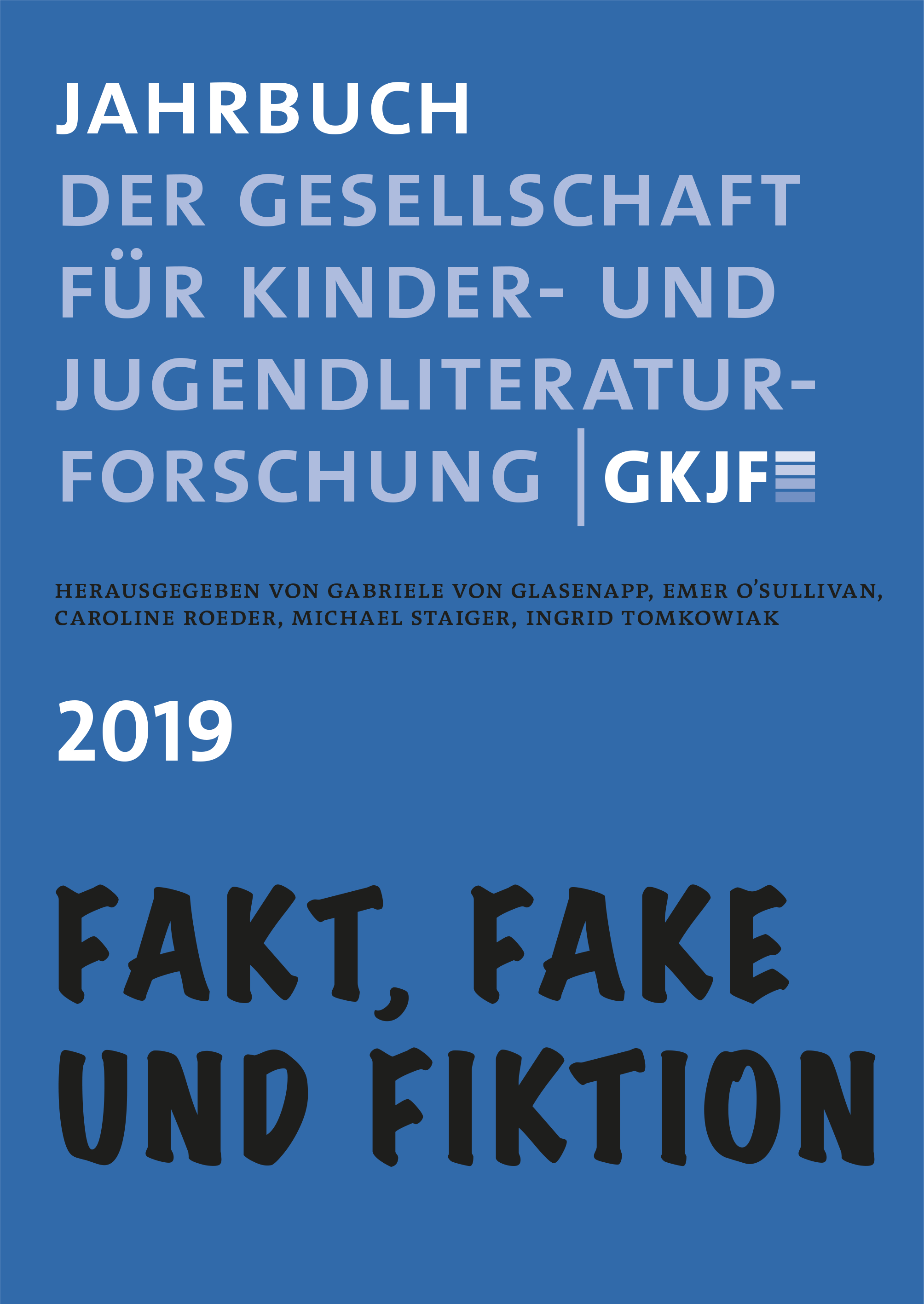»Wir schlafen auf dem Feld. Dort ist es bitterkalt.«
Emotionale Zugänge zur außersprachlichen Wirklichkeit in Folge faktualen und fiktionalen Erzählens im Sachbilderbuch
DOI:
https://doi.org/10.21248/gkjf-jb.35Abstract
Artikelbeginn:
[English title and abstract below]
Dass im Sachbuch allgemein und im bebilderten Sachbuch für Kinder im Speziellen mittlerweile verschiedene Formen der Informationsvermittlung existieren, bei denen einerseits die Erzählung, und andererseits die Sache selbst im Vordergrund stehen können, spiegelt sich unter anderem in Begriffen wie Sachbilderbuch, Erzählsachbuch oder Informationssachbuch (vgl. Ossowski 2000, S. 673) wider. Diese Begriffe legen offen, dass Sachbücher mittlerweile verschiedene Akzentuierungen der Kombination erzählender und informierender und daraus folgend fiktionaler und faktualer Narrationselemente aufweisen, denen die dem Sachbuch unterstellte Dichotomie dieser beiden Aspekte (vgl. Hussong 1984, S. 71) nicht gerecht wird.
»We Sleep in the Field. It is Bitterly Cold There.«
Emotional Approaches to Extralinguistic Reality as a Result of Factual and Fictional Narration in Nonfiction Picture Books
The nonfiction picture book for children has long since ceased to be a source of exclusively factual information. In recent times, fictional narrative elements have often been used to convey the conditions of extralinguistic reality. These fictional narrative elements differ from the factual ones not only in their design but also in how they are received. Due to different modes of fictional representation, recipients take an interest in the fate of the characters within the framework of make-believe, and their empathy can ultimately result in understanding of others. This article presents the thesis that the combination of factual and fictional narrative elements in the nonfiction picture book Alle da! Unser kunterbuntes Leben results in a heightened access to the perception of extralinguistic reality. The book deals with topics such as otherness, migration and cultural diversity in both factual and narrative ways by combining different forms of representation. The inclusion of fictional narrative strategies, such as the establishment of child characters and the representation of their consciousness, increases the emotional participation in what is being read and expands the young recipients’ perception of extralinguistic reality.
Downloads
Veröffentlicht
Ausgabe
Rubrik
Lizenz
Copyright (c) 2021 Jahrbuch der Gesellschaft für Kinder- und Jugendliteraturforschung

Dieses Werk steht unter der Lizenz Creative Commons Namensnennung - Nicht-kommerziell 4.0 International.





